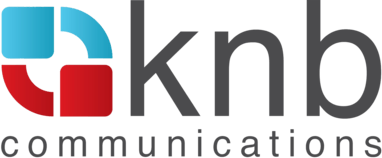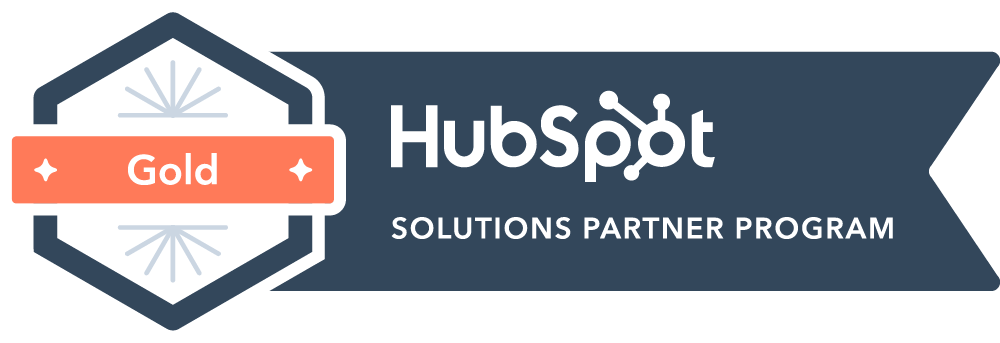Interesting Trends That Have Surfaced During HIMSS16
Table of contents
-min.png)
Now that some of the dust has settled from the more than 40,000 attendees who descended upon the Sands Expo Center in Las Vegas, NV for HIMSS16, several new directions have emerged for the Healthcare IT industry that should have significance both in 2016 and beyond, according to Health Data Management. What they mean for HIT marketers and communicators is significant as well: generating awareness of your company’s role in these areas will be key, whether through traditional media, creative, strategic content and/or social channels.
Among the topics that created discernment in some and perhaps a bit of panic in others:
Interoperability
Interoperability has been under widespread scrutiny, particularly because the stakes are so high for both providers and patients. For example, 18 percent of medical errors that resulted in an adverse drug event were due to the lack of availability of patients’ records, according to the International Journal of Innovation and Applied Studies. But interoperability received a shot in the arm last week from Health & Human Services Secretary Sylvia Burwell, who announced a large, private coalition of EHR vendors, healthcare systems and professional organizations that will jump-start data-sharing. The coalition will make information more accessible to patients, stop information blocking, and use a standards-based information exchange. Whether compliance of these new data-sharing efforts will be enforced remains to be seen.
Population Health
As reimbursements shift from volume to value, provider organizations are under significant pressure to reduce costs and improve the quality of care. Last week, new strategic and technology decisions were made at HIMSS16 concerning applications to support new care delivery models. This continues a trend discussed at the 2015 conference about the convergence of population health management and analytics, as well as the melding of clinical and revenue cycle tools. It is important to note that, to be effective, care managers require rigorous analytical tools that deliver timely and useful insights, enabling them to coordinate the right care at the right time in the right setting.
Value-Based Payments
The Centers for Medicare and Medicaid Services (CMS) has established a target for healthcare providers to link 90 percent of medical payments to value- or quality-based reimbursement methods by 2018. Findings of a HIMSS Cost Accounting Survey however, suggest that provider organizations are ill-prepared for value-based payments and do not have a lot of confidence in their capabilities to face value-based care challenges ahead. Among the challenges:
- Controls on utilization and shared risk have yet to produce the sort of quality outcomes and cost-savings promised;
- Provider, payers, employers and policy makers have been seeking a solution that improves patient satisfaction and outcomes while also reducing the cost of care.
In order to successfully deal with the value-based payment reality, provider organizations would do best to:
- Understand the healthcare needs in their specific markets
- Optimize technology
- Better understand the financial implications of the new reimbursement methods
- Establish progressive financial and clinical data analytics and reporting capabilities
Genomics, the future of precision medicine
The Obama Administration’s Precision Medicine Initiative is still in its early stages of roll-out and as such, it will take time for a business model to emerge. Costs for genome sequencing are declining rapidly, which will facilitate its use in precision medicine.
According to Elsevier Chief Medical Informatics Officer Dr. Jonathan Teich, genomics also will be an increasingly useful tool in detecting, categorizing and curing cancer. It has enabled us to start to view cancer as a wider palette of very specific diseases, and the accompanying analytics and precision medicine techniques will provide more focused treatments for these different variations. “Information technology is already playing a major role in genomic analysis; expect to see more technology devoted to practically breaking down all that genomic data and providing clear, specific recommendations for prevention and management of cancer in individuals. Now that technologies such as CRISPR-Cas9 are making gene editing a reality, guidance and control for this will also become a critical information function.”
Mobile Health Apps
Only 17 percent of consumers were using mobile health apps in 2015, according to research from Rock Health. Yet, with approximately 97,000 health and fitness-related apps on Google Play and Apple App Store, it is difficult to deny their rising popularity. Mobile apps received a lot of buzz during HIMSS16 because of their potential to engage patients more actively in their own care. However, the industry needs to work toward determining which apps work and which don’t.
KNBeings are the team members behind KNB Communications. KNB Communications is a top 10 health tech marketing and PR agency specializing in healthcare, biotech, and life sciences.
Search




.svg)
.svg)




